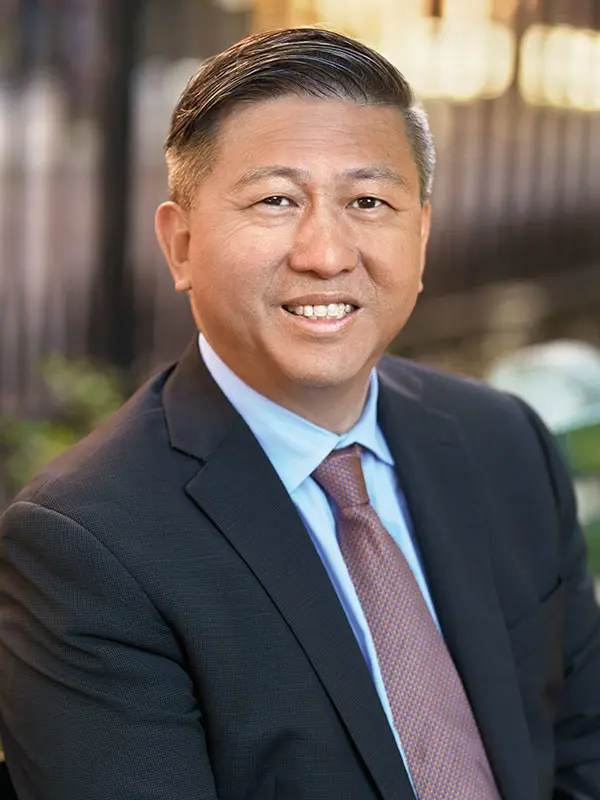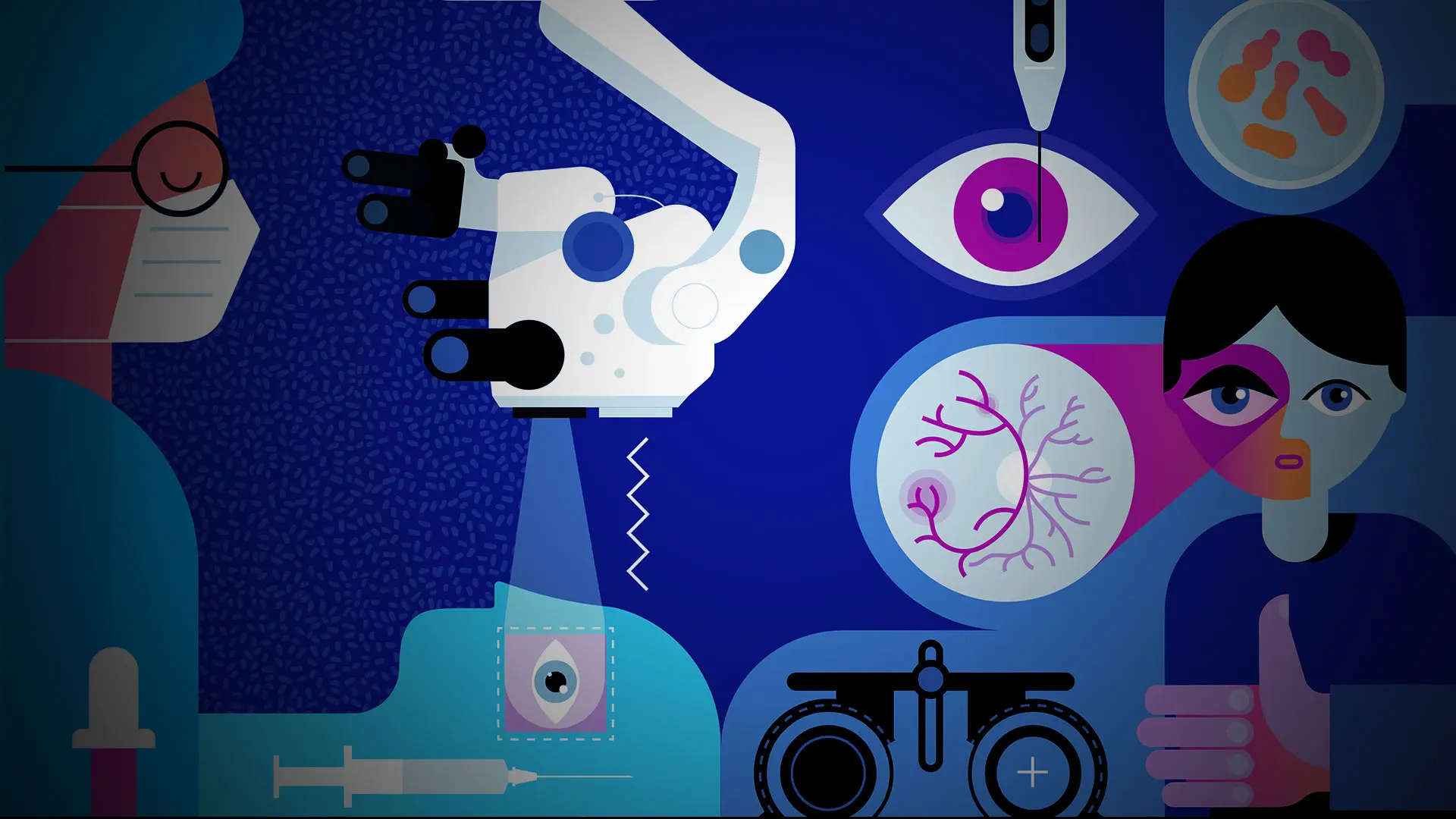We enhanced the capabilities of, and readied for clinical trials, the country’s first ophthalmic robotic assistant, a highly sophisticated device that promises to change the face of micro-interventional ophthalmic surgery.
We implemented a model tele-consult program with stroke teams at several of Mount Sinai’s largest hospitals to treat patients with eye stroke, collapsing the time it typically takes to get a diagnosis so that treatment can begin within the narrow window needed to ensure the best outcomes.
Our researchers uncovered a novel gene therapy approach to save retinal ganglion cells and preserve vision in the treatment of severe injuries involving the optic nerve and blinding diseases like glaucoma.
Our commitment to the next generation of ophthalmologists through the largest academic training program in the country remains a top priority, as evidenced by our new course in ophthalmic micro-interventional robotic surgery for residents and fellows. The course, at the Jorge N. Buxton, MD, and Douglas F. Buxton, MD, Microsurgical Education Center, offers NYEE trainees exposure to the next level of technology and precision surgery unavailable anywhere else in the United States. We also completed the inaugural year of our Joint Internship Program, which is affording our trainees valuable exposure to ophthalmic care and even research before they begin their first year of residency.
Through our cutting-edge research and clinical programs, technology permeates everything we do at NYEE. That dynamic will intensify as we draw on our rich capabilities in the areas of imaging, genomics, mathematical modeling, stem cells, and artificial intelligence to uncover upstream factors that contribute to such common and complex diseases as macular degeneration and glaucoma. We are also investigating the ocular biomarkers of these diseases and many others with the help of artificial intelligence and sophisticated imaging modalities like OCT angiography and adaptive optics.
At the same time, we are preparing for fundamental change to our downtown Manhattan campus, and to the way we deliver service to not just individual patients but communities and entire populations. We remain firmly bound to the founding principles that have allowed us to grow and excel in our specialized field of medicine. That means an unwavering commitment to programs and investments that will enable us to continue to lead in clinical care, education, and research for the next 200 years.
Featured

James C. Tsai, MD, MBA
President, New York Eye and Ear Infirmary of Mount Sinai; Delafield-Rodgers Professor and System Chair of Ophthalmology

Paul A. Sidoti, MD
Deputy Chair for Education, Ophthalmology

Louis R. Pasquale, MD, FARVO
Shelley and Steven Einhorn Distinguished Chair of Ophthalmology; Chair of Ophthalmology, The Mount Sinai Hospital and Mount Sinai Queens
